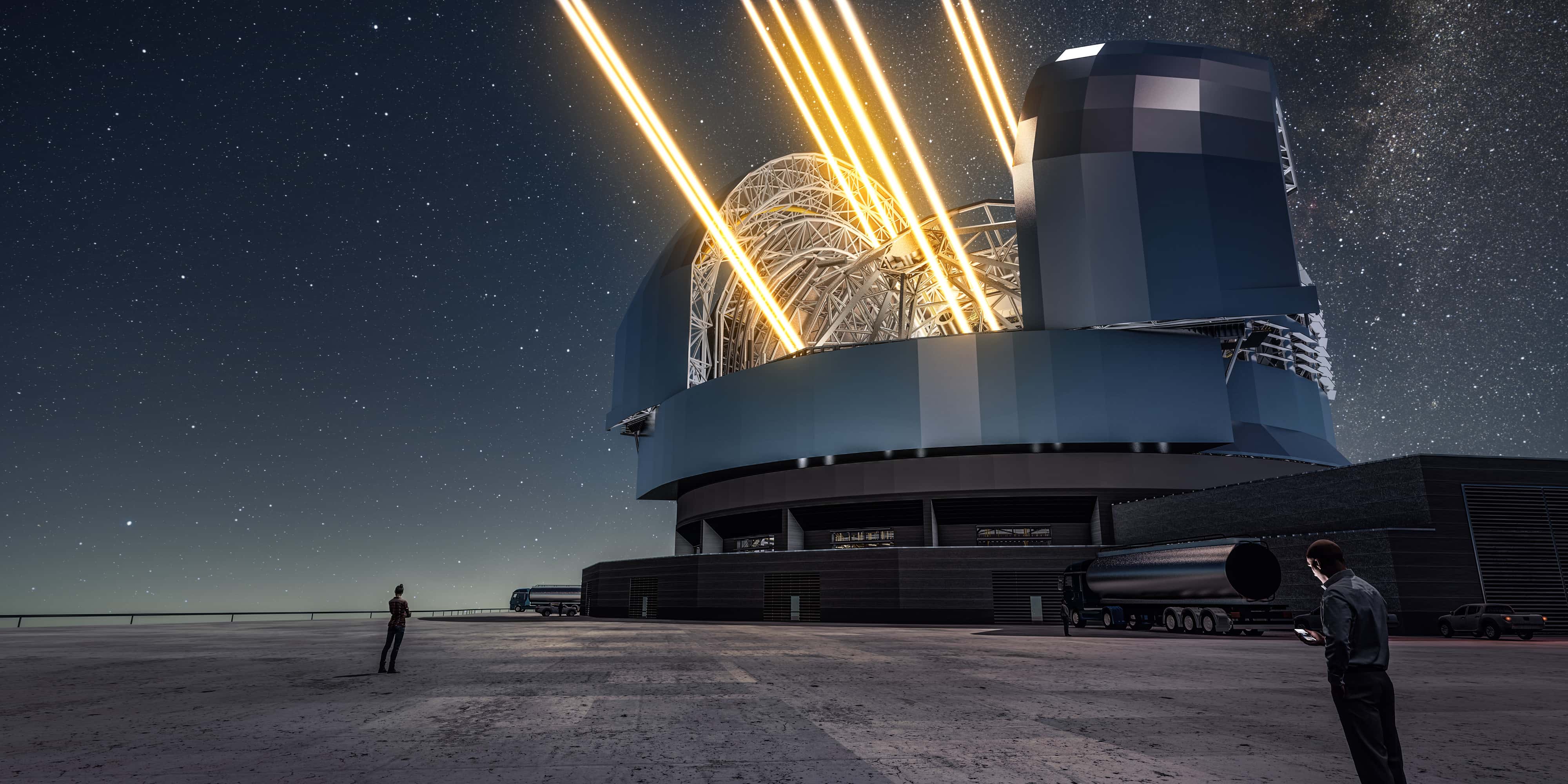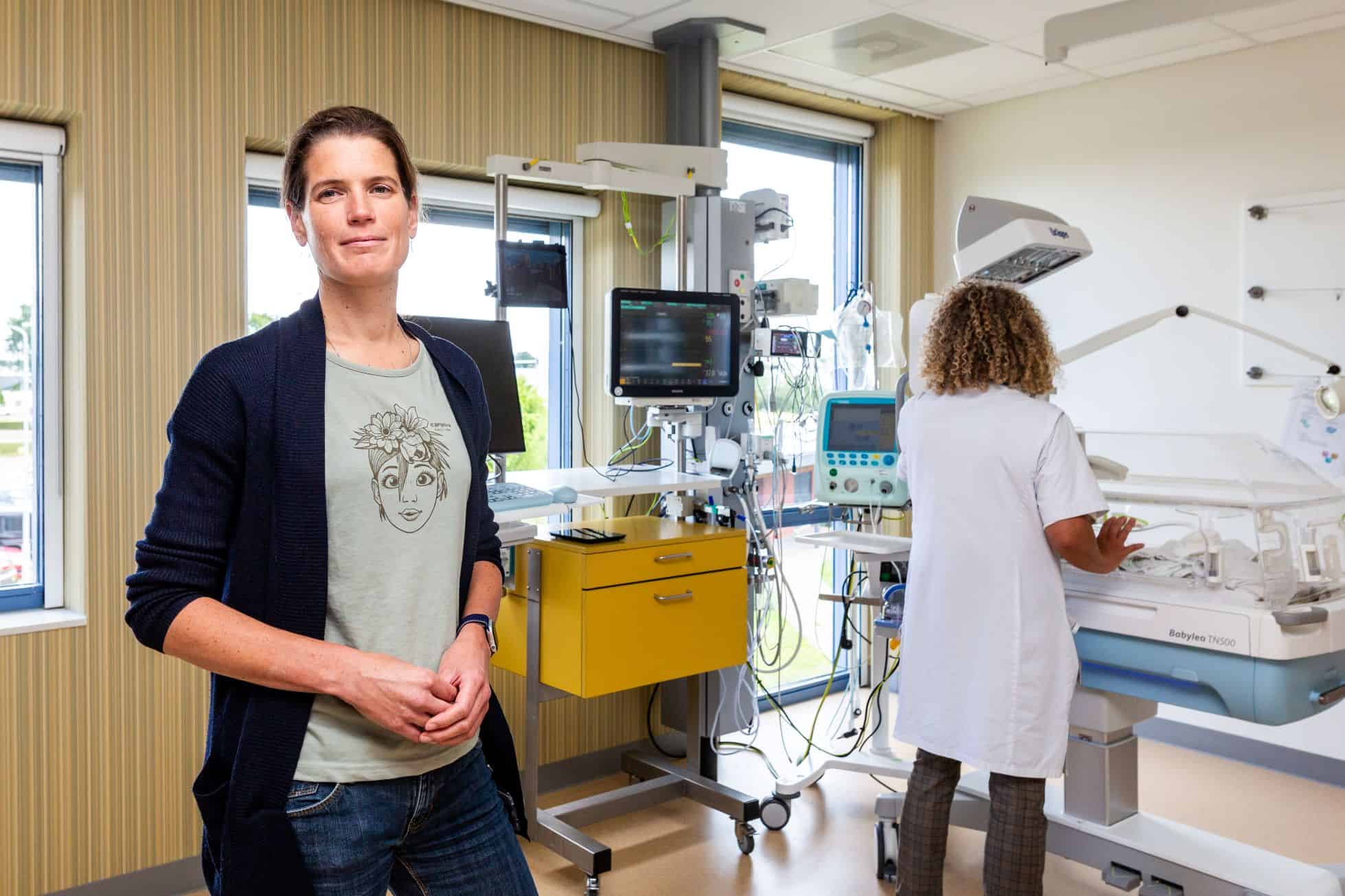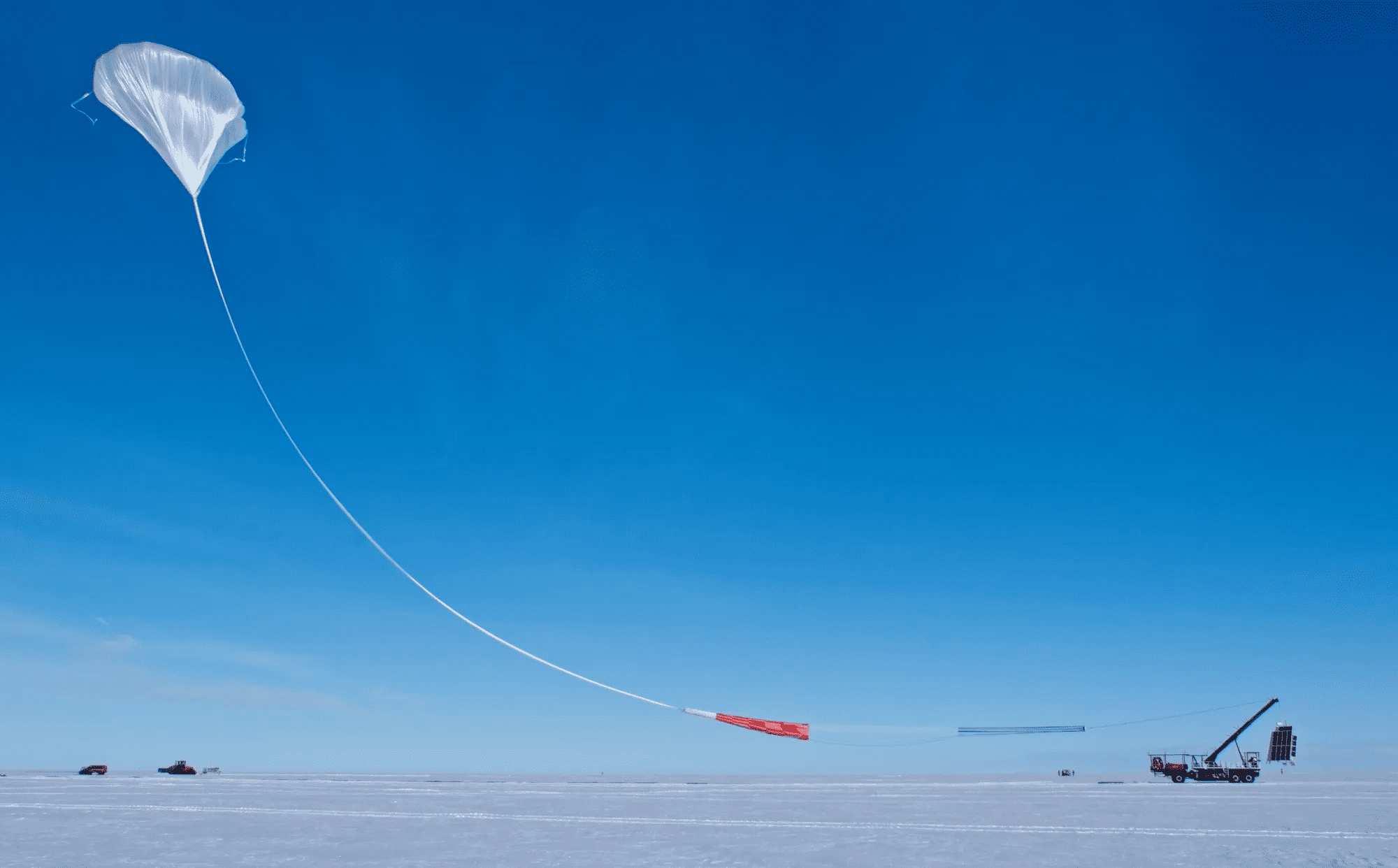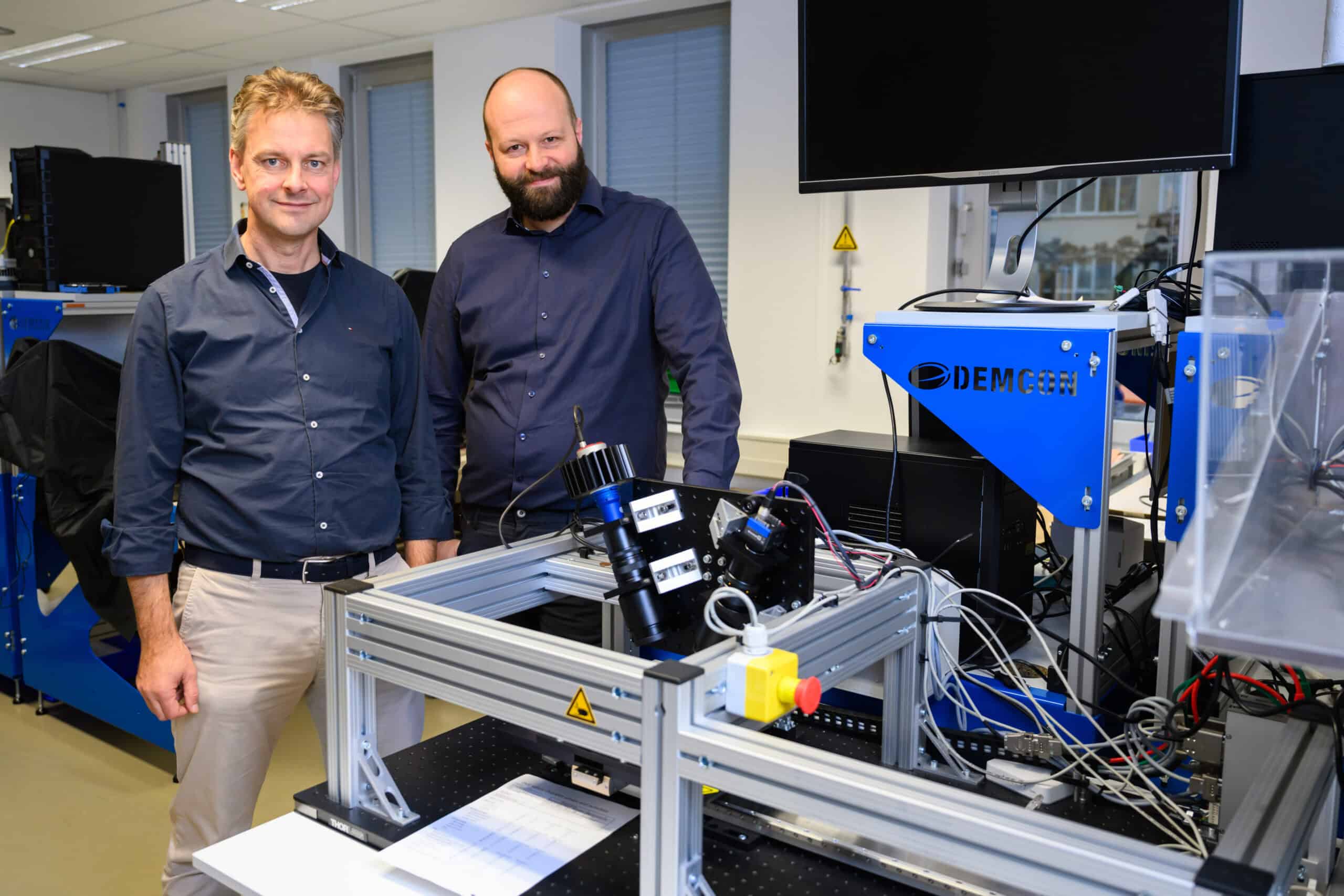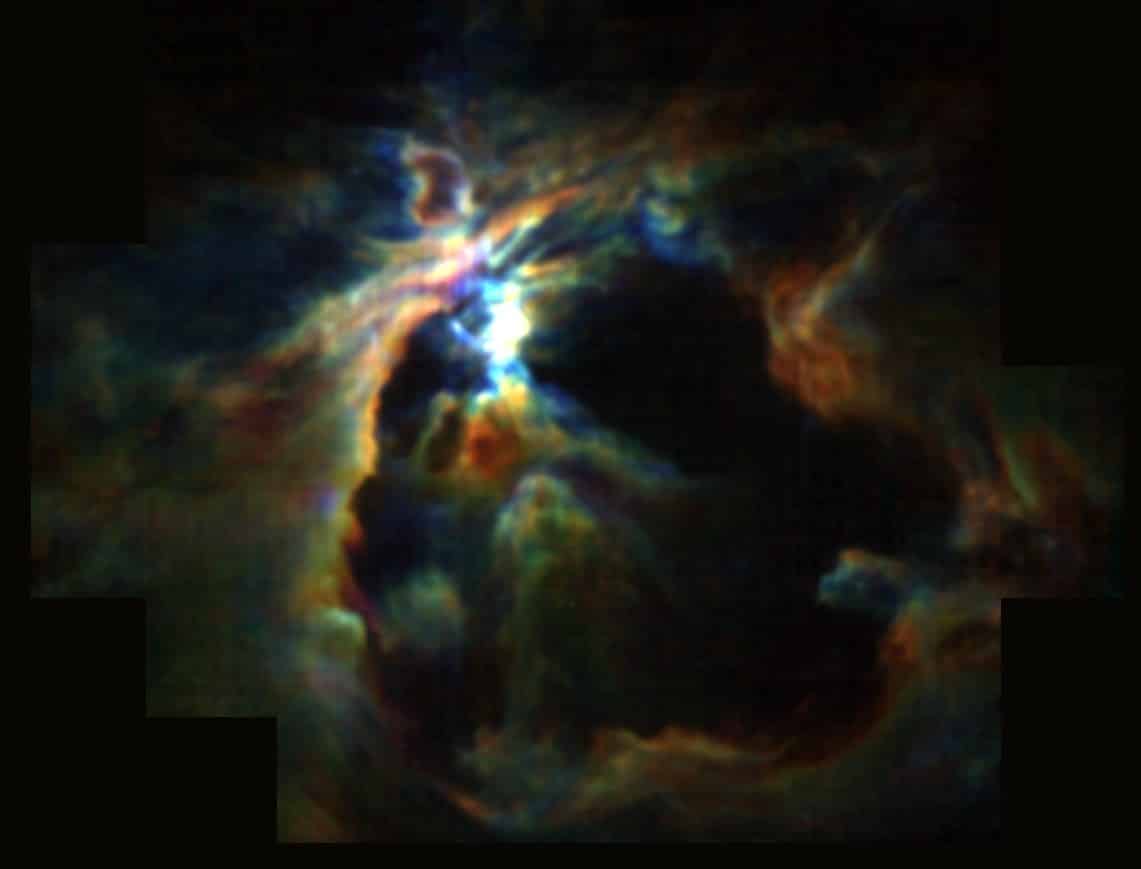
Not the exploding supernovas, but a stellar wind might be the cause of lesser new star formations. Astronomers from Leiden University have discovered that the stellar wind from a newborn star in the Orion Nebula prevents more stars from forming in the immediate vicinity. They made the discovery with data from the SOFIA observatory. The research result was published in Nature.
The result is surprising because scientists thought that other processes such as exploding stars (supernovas) are largely responsible for regulating star formation. But SOFIA observations now suggest that baby stars generate star winds that blow away the basic material for star production.
Hidden stars
SOFIA is NASA’s stratospheric observatory for infrared astronomy, which makes its observations from a modified Boeing 747. The Orion Nebula is a nursery of stars, which has often been observed and photographed. Of all the star factories, it is the closest to the earth. Veils of gas and dust make the Orion Nebula beautiful to see, but also make that the birth process of the stars is largely hidden from view. Telescopes like SOFIA can observe the infrared light that does pass through the dust clouds, and thus see star-forming processes that remain hidden in optical light.
Star wind
“…a strong wind has swept away a large shell of material from the cloud in which this star was born, like a snowplough sweeping a street by moving the snow to the side of the road…”
In the heart of the Orion Nebula lies a small group of young, heavy and bright stars. The special GREAT instrument on SOFIA recorded that the strong wind of the brightest of these baby stars, Theta1 Orionis C, has swept away a large shell of material from the cloud in which this star was born, like a snowplough sweeping a street by moving the snow to the side of the road.
“The wind is responsible for blowing a big bubble around the central stars”, explains PhD student at the Leiden Observatory Cornelia Pabst. “In the heart of the Orion Nebula, he tears apart the star formation cloud and thus prevents the birth of new stars.” At the same time, the wind pushes molecular gas towards the edges of the bubble, forming new regions of densely packed material from which new stars can be formed in the future.
Speed control
The researchers used the GREAT instrument to measure the chemical fingerprint of ionised carbon. The earth’s atmosphere blocks infrared light, but because SOFIA flies high (so it does not suffer from 99 per cent of the water vapour in the atmosphere) they were able to study the physical properties of the star wind.
“Astronomers use GREAT like a policeman uses a radar gun”, explains Pabst’s promoter, Xander Tielens (Leiden Observatory). “Your car reflects the radio radiation and the signal tells the officer if you are driving too fast.'” Similarly, astronomers use the spectral line of ionised carbon to determine the velocity of the gas through the nebula, studying the interactions between the heavy stars and the clouds in which they were born.



